Retail Management: A Comparative Analysis of Australia and China
VerifiedAdded on 2022/12/01
|10
|711
|191
Report
AI Summary
This report provides a comparative analysis of retail management practices in Australia and China. It begins with an introduction to the retail systems in both countries, highlighting the role of consumption power in economic growth. The report then delves into the differences in retail market structures, including the number of retail businesses and employees. A key section explores the potential size and profitability estimations, comparing profit margins and return on shareholder funds. Furthermore, the report addresses the challenges faced by the retailing industries in both countries, such as the need to adapt to societal requirements in China and employee management issues in Australia. Cultural considerations impacting retailing, including language, technology use, and workplace diversity, are also examined. The report concludes by emphasizing the strong economic relationship between Australia and China and the influence of international product markets, along with the importance of strategic actions for increasing pricing power and total margins in retail operations. References to support the analysis are provided.
1 out of 10
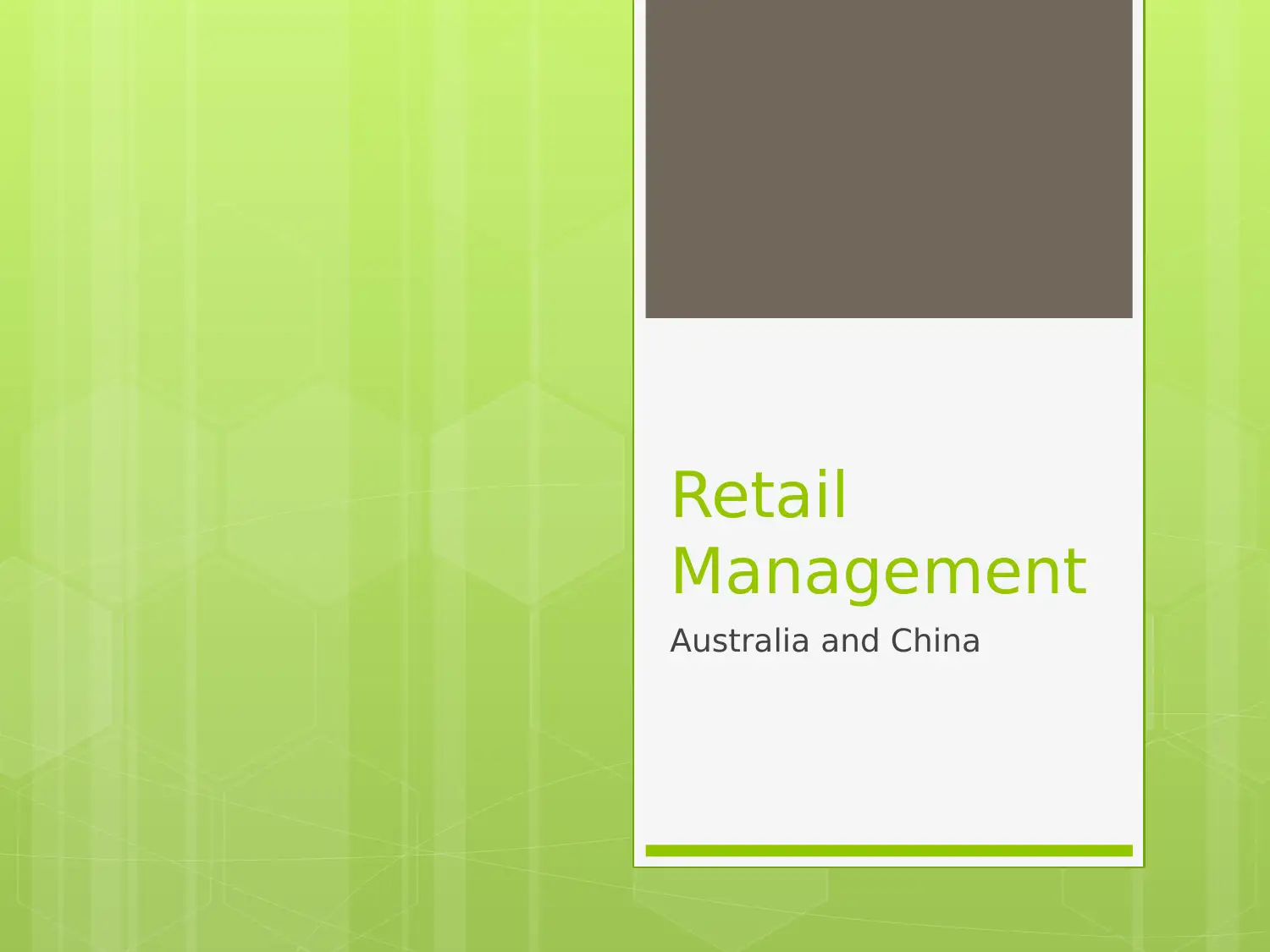
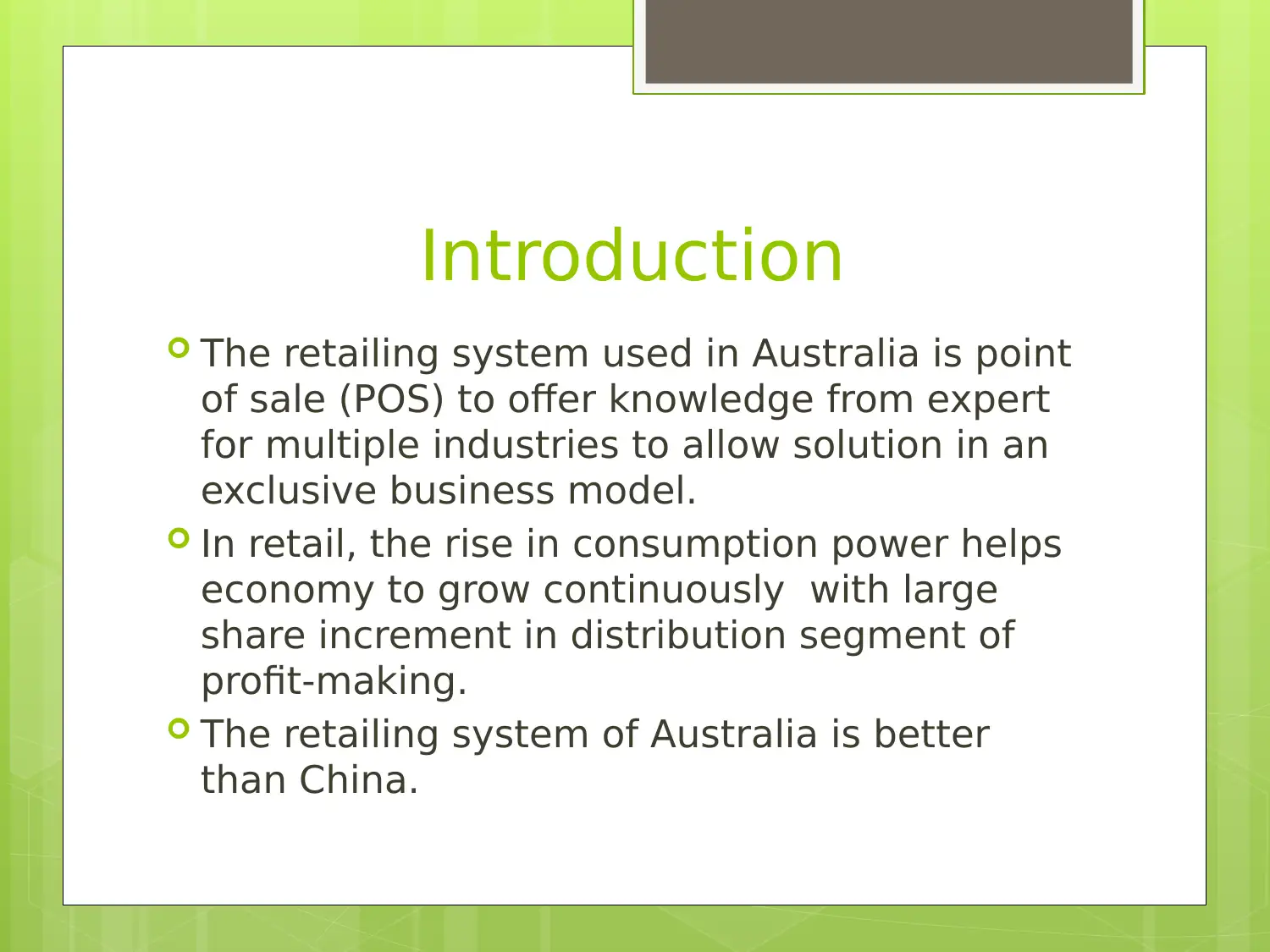
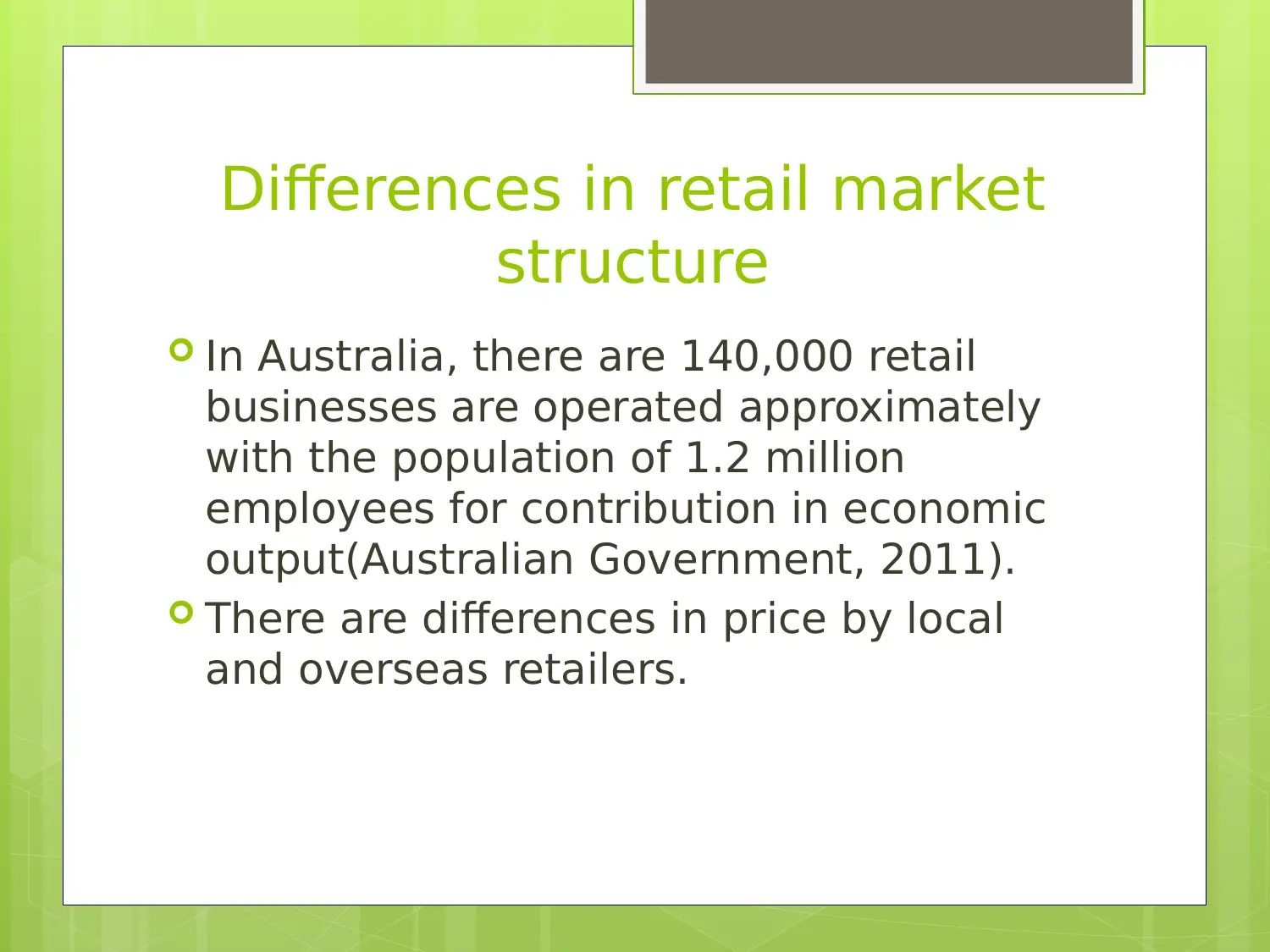

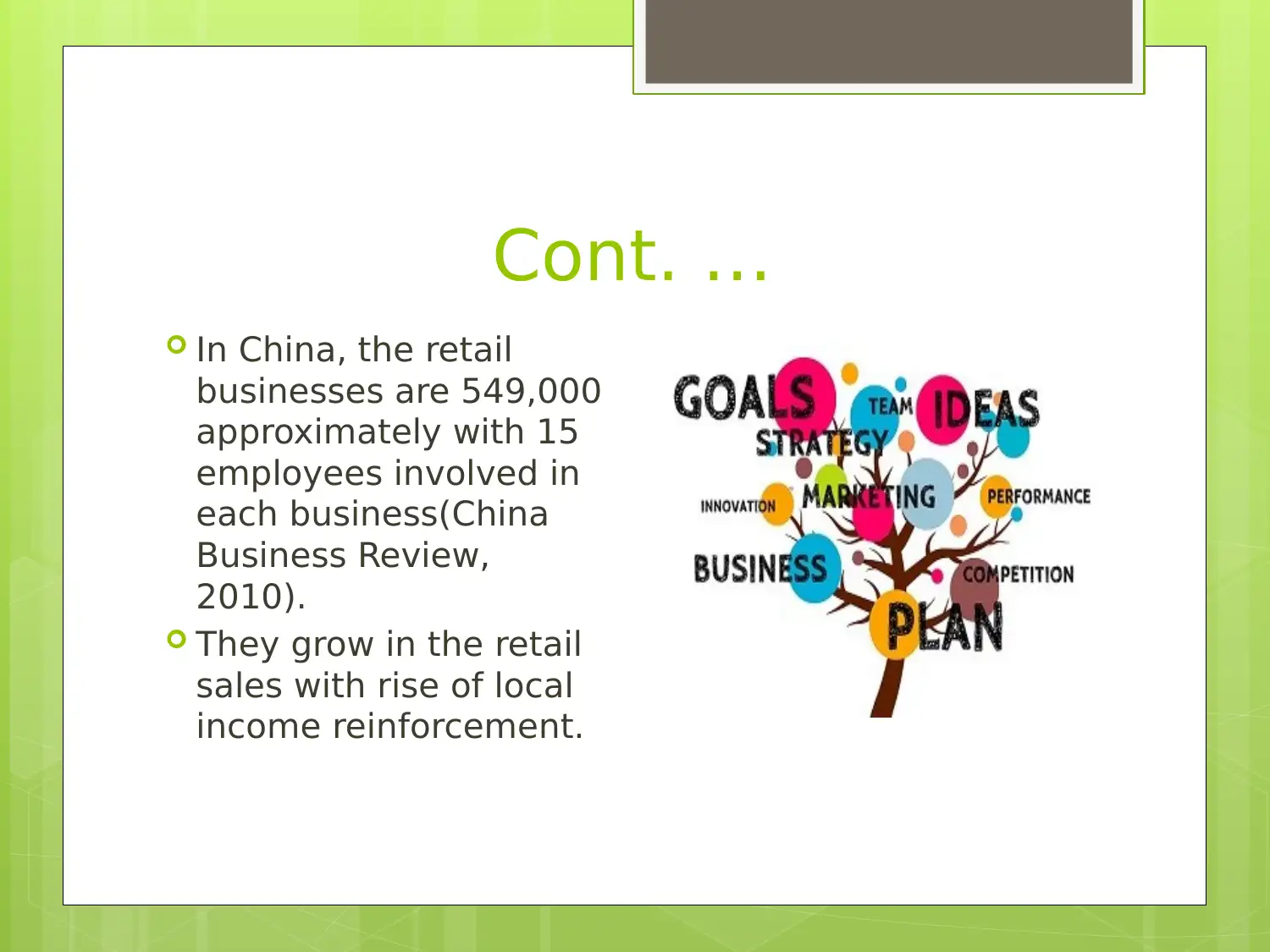
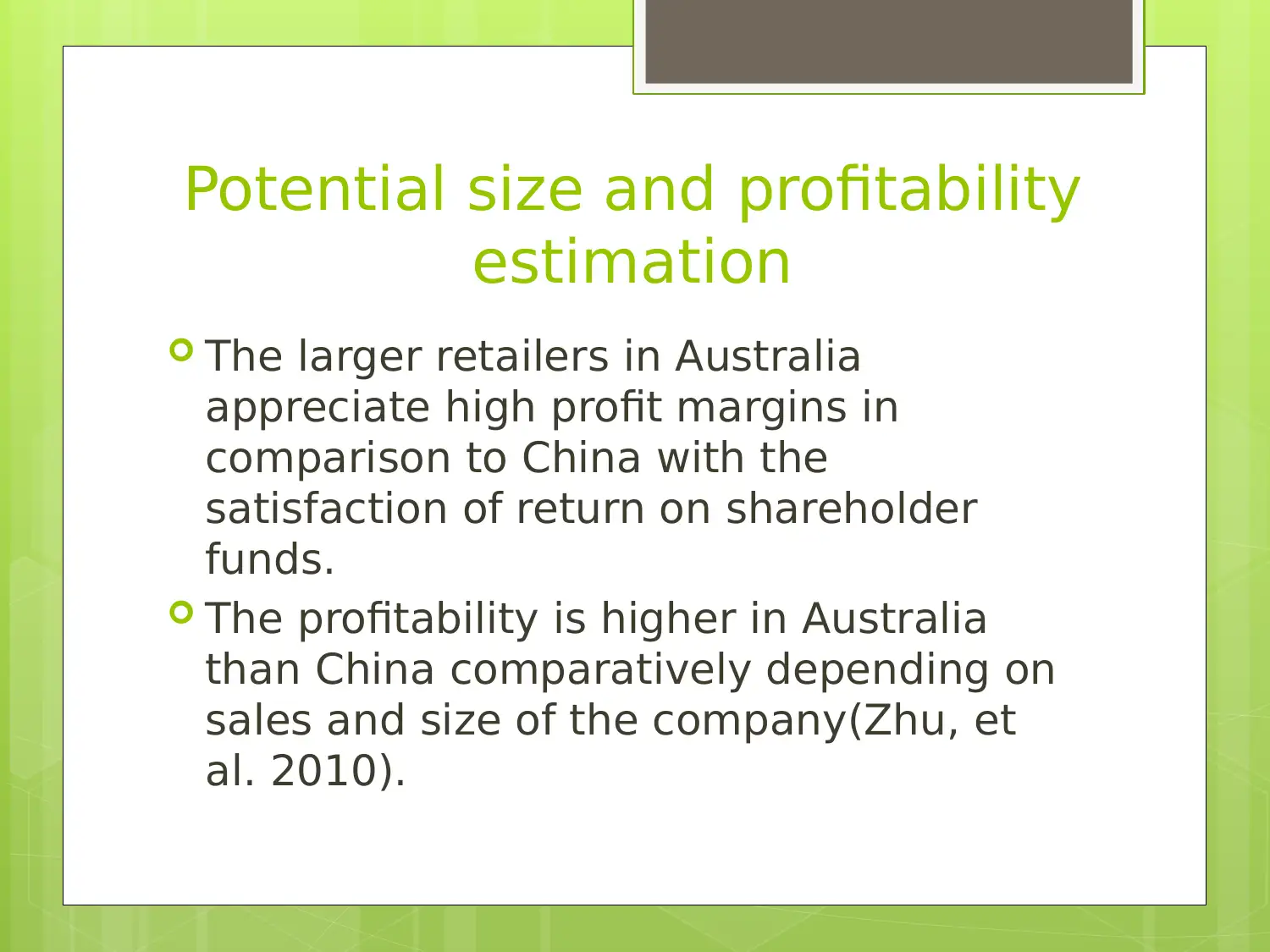
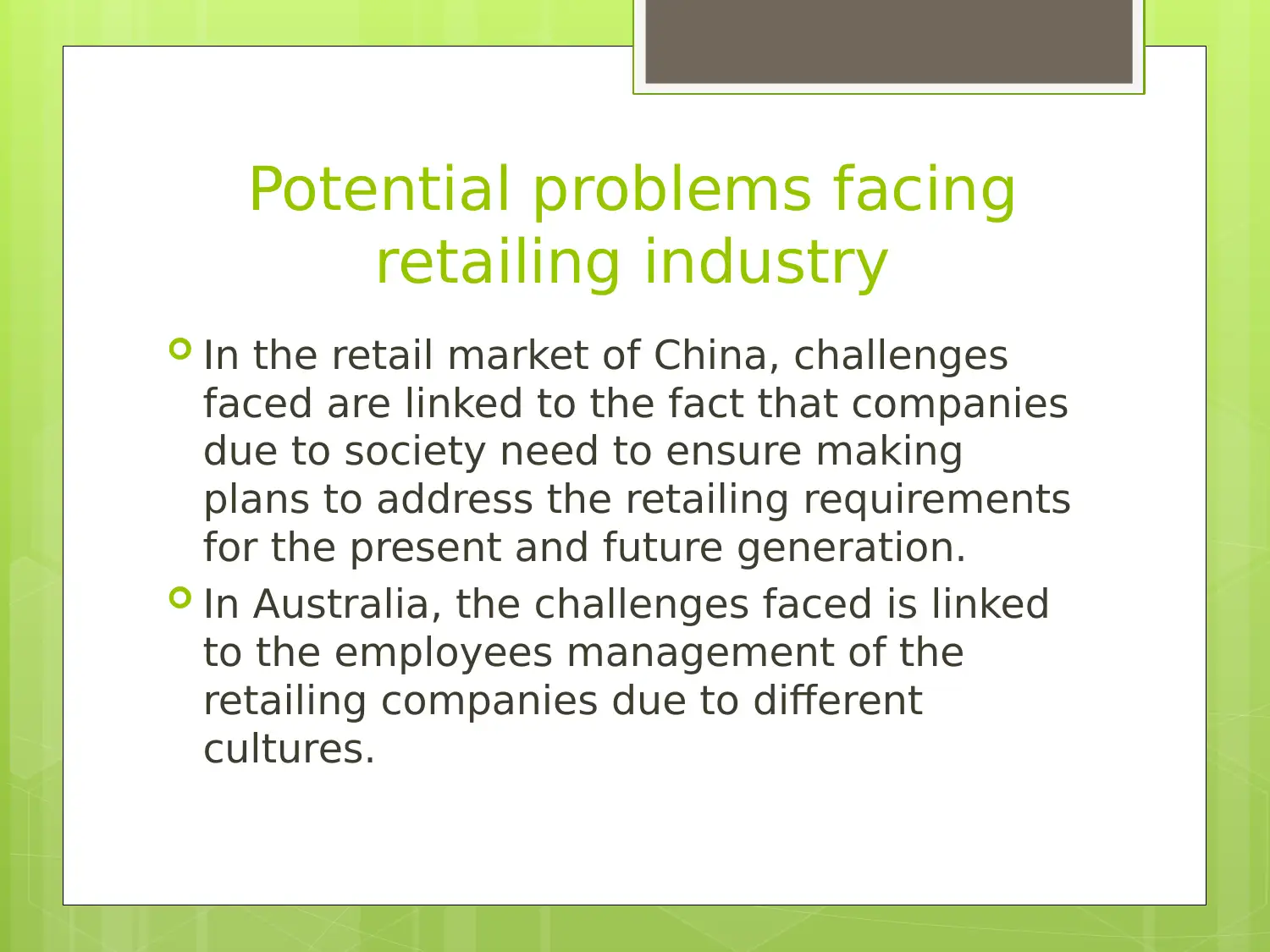
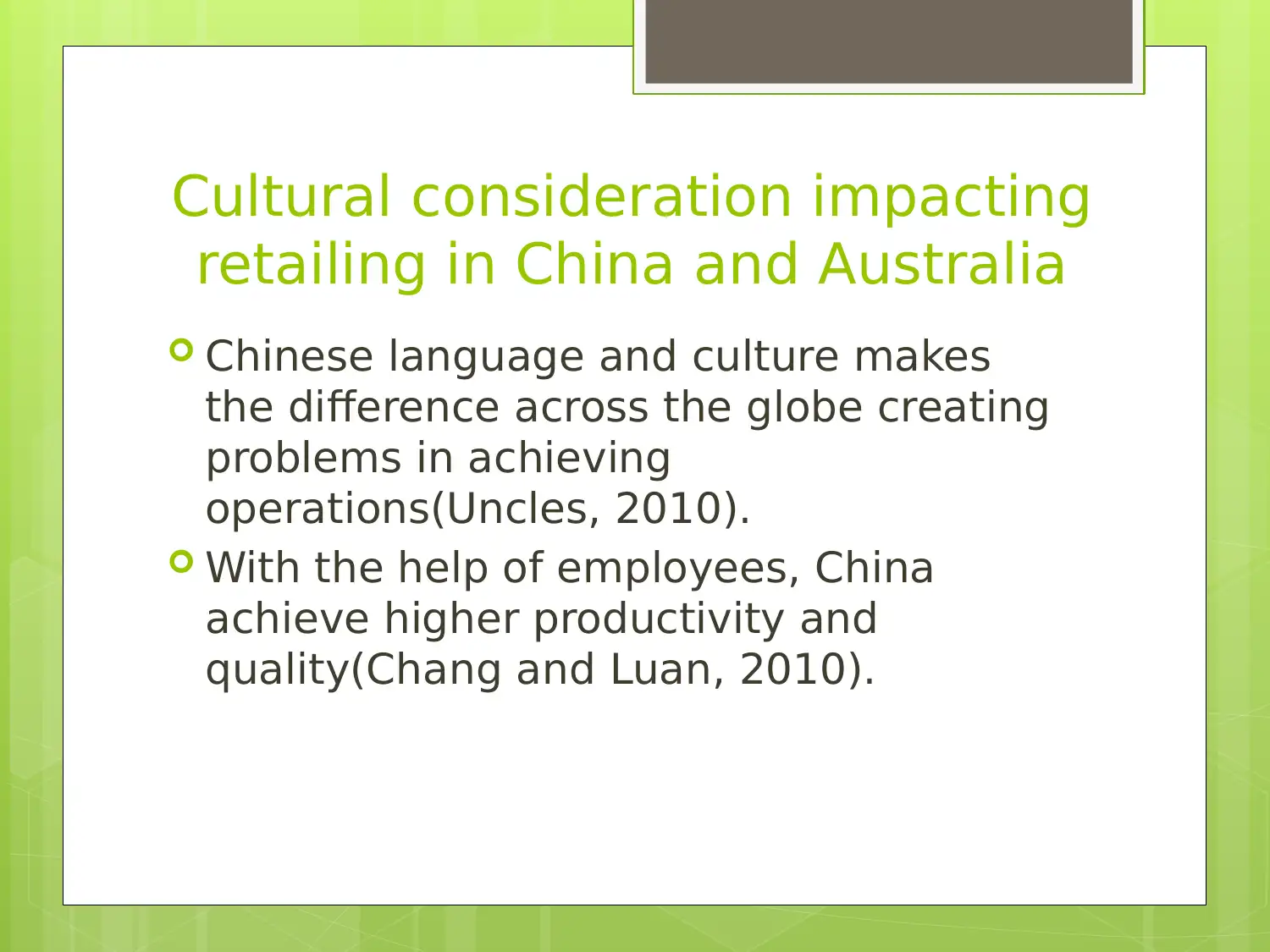
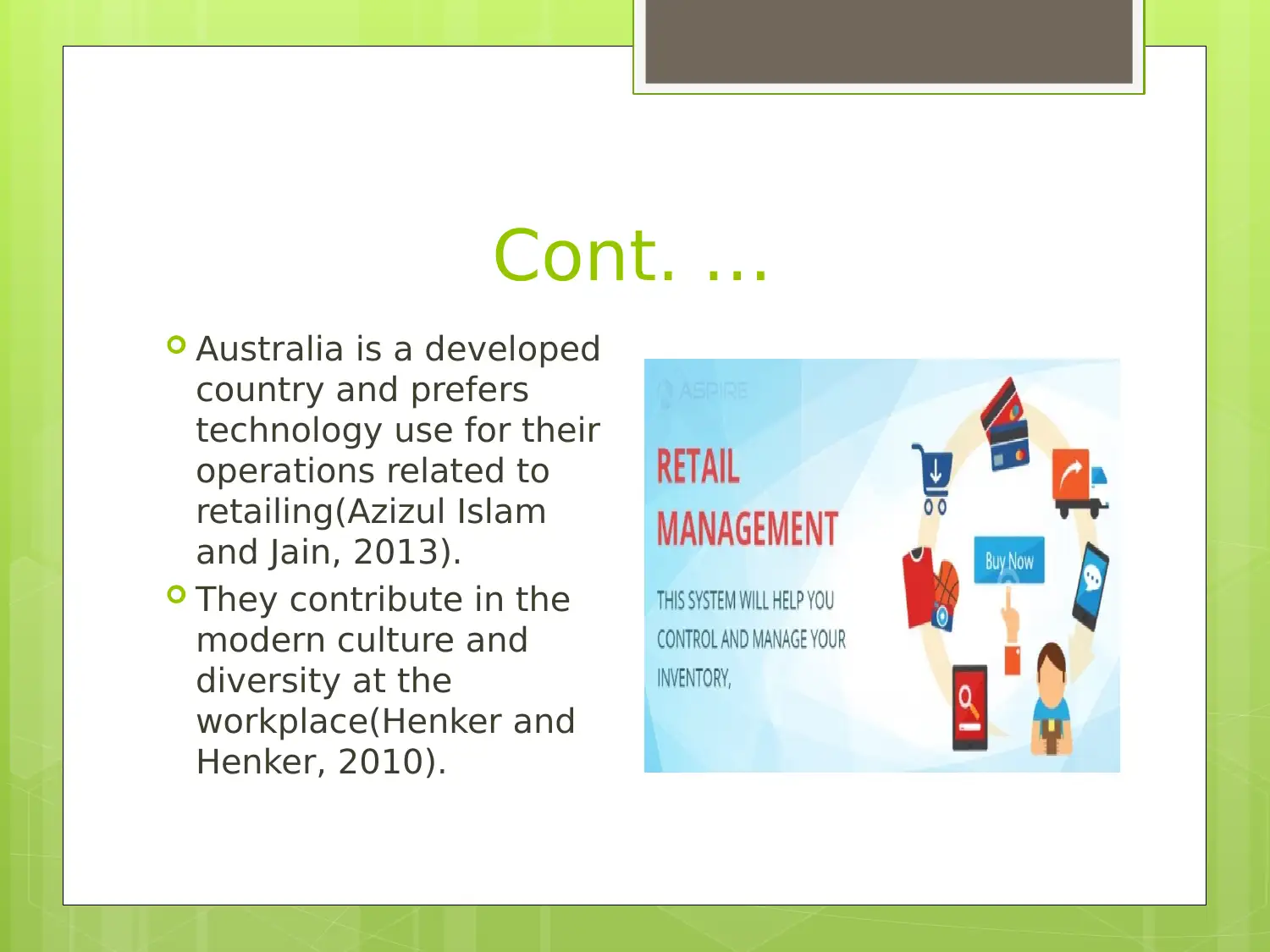
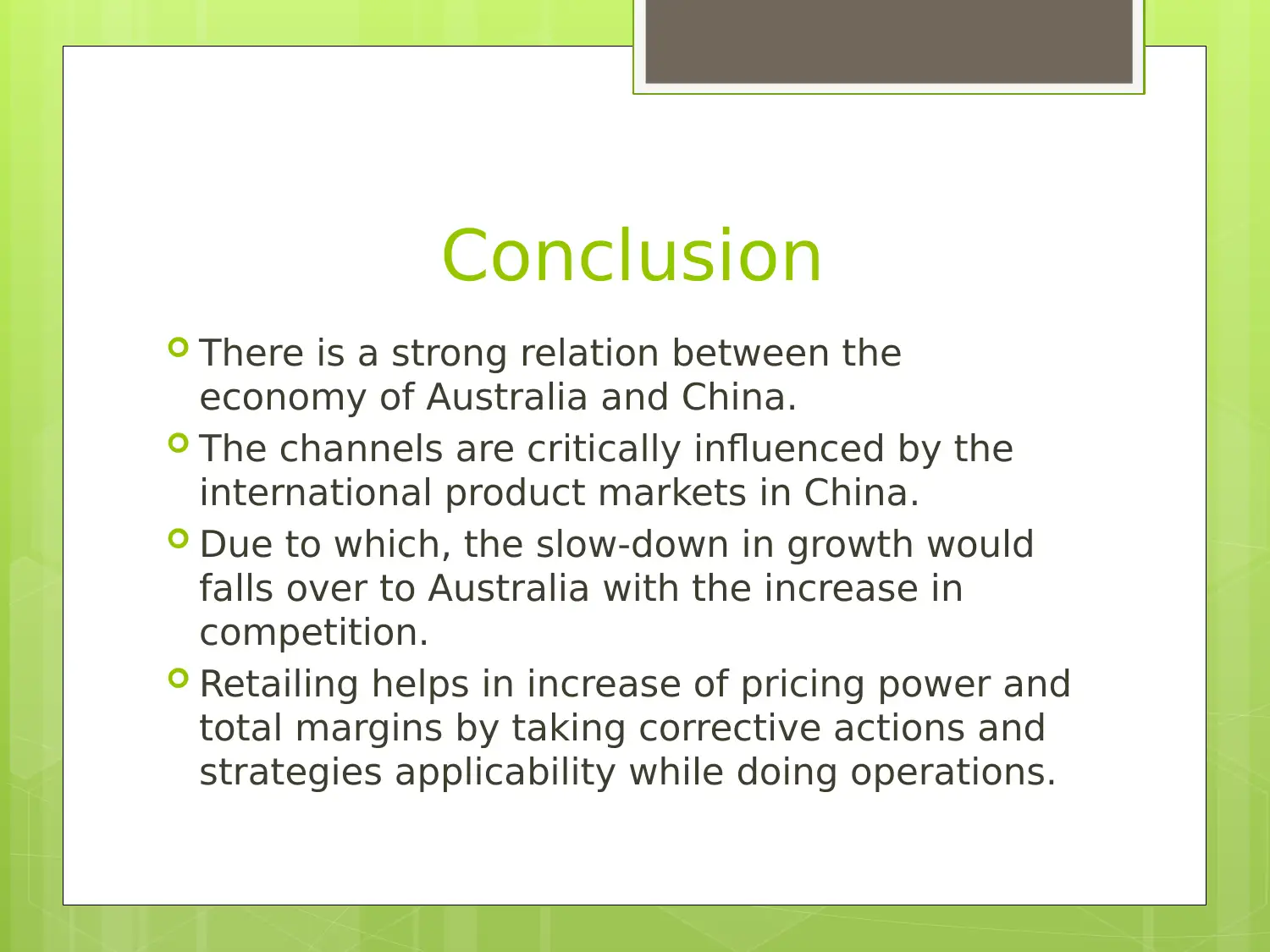
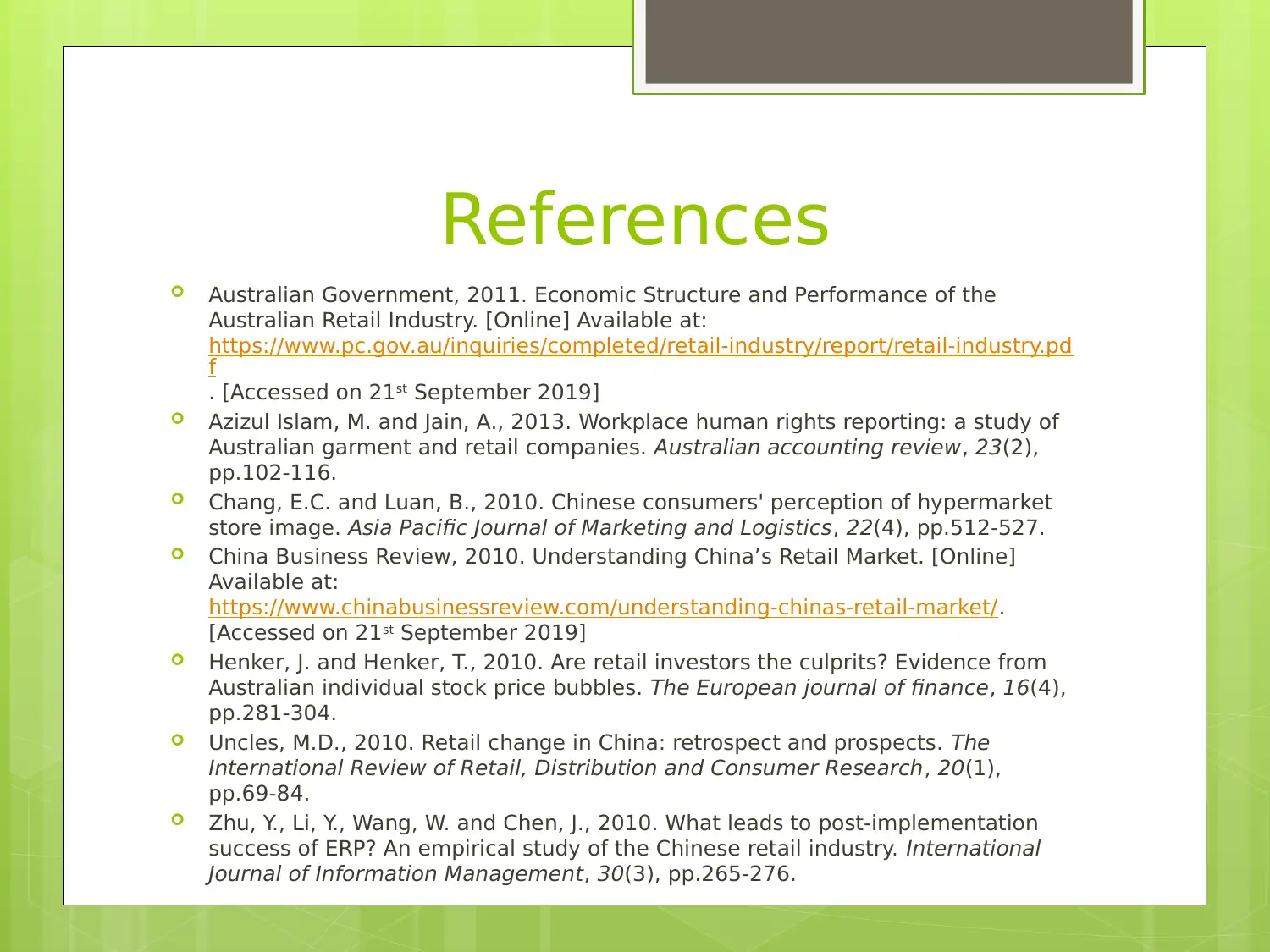





![[object Object]](/_next/static/media/star-bottom.7253800d.svg)